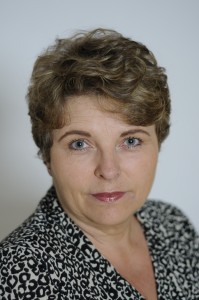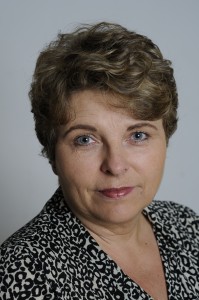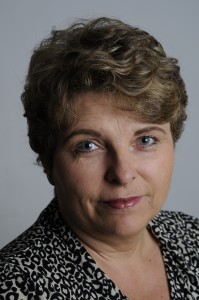Because of my new lens – Nikon 50mm f/1.8 D – and also because it continued to rain, I decided to do some experimenting in the studio with portraits and depth of field. For a long time I have wanted to shoot portraits with a limited depth of field. Because of its aperture range, the new lens offers some opportunities in this area. So the plan was to do a series of portraits with apertures of f/2, f/4 and f/5.6. Up until now, all portraits I have done are with f/11 or smaller.
For the experiment I only used a single light source: a studio strobe with a softbox attached. I decided to start with aperture f/2. The strobe was set to its lowest output: 2.0. I took a lightmeter reading and moved the strobe further away from the model. I had to repeat this process several times until the meter indicated f/2. I was surprised to find out what the actual distance between the model and strobe had to be! But anyway, I took the picture and moved the strobe closer. Until the meter gave f/4. And the same procedure for f/5.6. The results – from left to right: f/2, f/4, f/5.6 – are below.
Note: all images were shot in RAW format and not edited afterwards.
So what can we see? Of course, as expected, the image taken with aperture f/2 gives the depth of field I was looking for. But there are some side effects, as well. Because the distance between model and strobe is the longest of all three images here, the light fall off is smallest of all three. In other words: the background is the brightest. And it also hardly has any shadows, making the face look kind of flat. The second image – with aperture f/4 – has less depth of field (compared to image 1), a bit more light fall off, and a bit more shadows. The third image – with aperture f/5.6 – has lesser depth of field than the two previous images. And a bit more light fall off. And much harder shadows.
What is the verdict then? Well, in order to create portraits with a limited depth of field, it’s not just a matter of larger apertures. Because the larger the lens opening, the longer the distance between light source and model. In this experiment, anyway. And this distance has some other effects – as illustrated – you have to take into consideration when shooting portraits. I need a lot more practice with this to feel comfortable with it.


